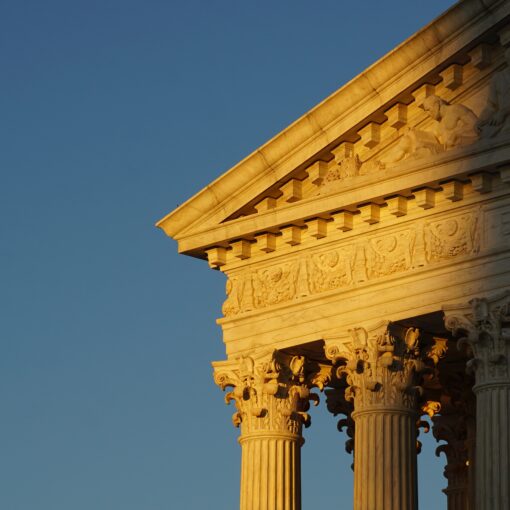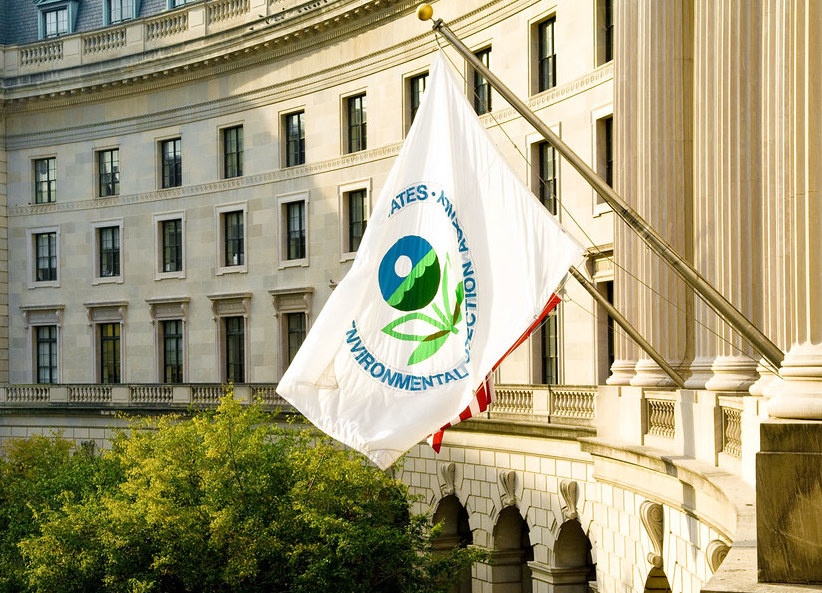by Daniel Firger
Associate Director
On April 11, 2011, petitioners in American Electric Power v. Connecticut, five private investor-owned utility companies, filed their reply brief. On the same day, the Solicitor General filed a separate reply brief on behalf of the Tennessee Valley Authority (TVA), an electric utility owned by the federal government, as respondent supporting petitioners. These reply briefs were submitted just one week before oral argument, scheduled for Tuesday, April 19, and present few surprises. In two prior posts, we compared the merits brief filed by the petitioners with that of the TVA and analyzed the opposing briefs filed by the respondents, six states, the City of New York and three private land trusts. As teed up in petitioners’ and TVA’s earlier briefs, the questions to be resolved by the Court [1] have the potential to dramatically reshape not just the nascent legal standards applicable to climate change since Massachusetts v. EPA, 549 U.S. 497 (2007), but also a wide range of important doctrinal areas such as public nuisance tort law, federal common law, Article III and prudential standing requirements, and the political question doctrine.
Taking into account the arguments advanced by petitioners, respondents, and the U.S. government (in its brief on behalf of the TVA), this post previews a few key issues to look out for at next week’s oral argument:
Will the Court overturn or limit Massachusetts v. EPA on standing?
Petitioners argue that plaintiffs fail in their efforts to satisfy Article III’s traceability requirement, pointing out the “innumerable and ever-expanding” roster of worldwide greenhouse gas emitters and the lack of a “geographic or temporal nexus between individual emissions and particular alleged effects of climate change” to highlight the novelty of what plaintiffs are asking the Court to do here. Pet. Rep. Br. 8. Similarly, petitioners emphasize that “the overwhelming majority of greenhouse gas emissions come from independent sources that cannot be affected by a judicial decree,” calling into question the redressability of plaintiffs’ claim under Article III standards. Pet. Rep. Br. 10.
More narrowly, the Solicitor General’s reply brief on behalf of the TVA argues for a dismissal not on the basis of Article III standing, but because plaintiffs’ “generalized grievances” are “more appropriately addressed in the representative branches” of government. TVA Rep. Br. 8. This prudential standing argument, in Jonathan Adler’s view, is “one that is far less likely to limit citizen-suit standing in other cases. In other words, it’s an argument that helps the SG’s client, the TVA, without threatening the viability of environmentalist citizen suits in other contexts.”
Meanwhile, plaintiffs’ standing arguments rely heavily upon the causation and redressability analyses laid out in Massachusetts v. EPA. Indeed, as we pointed out in our earlier post, the State plaintiffs in particular “argue that their standing in this case is even more firmly established than in Massachusetts v. EPA,” for both procedural (burden of proof and pleading) and substantive (causation) reasons.
Will the “special solicitude” standing rule applied in Massachusetts v. EPA endure? Will the Court distinguish sovereign States’ standing from that of other private plaintiffs? Will it revisit Article III standing doctrine, or simply decide the case on the basis of prudential standing considerations alone? Look for clues to the Court’s thinking on these questions at next week’s oral argument.
Will the Court eliminate or substantially curtail the public nuisance doctrine?
As Columbia Law School’s Thomas Merrill has recently argued (PDF), public nuisance liability for climate change under federal common law may be a bridge too far for the Supreme Court. Under Merrill’s view, the Court should use AEP v. Connecticut as an opportunity to rein in a whole category of messy public nuisance suits, which erroneously conflate public actions with private tort law. While courts have upheld the doctrine in the context of tobacco, lead paint, and other products, tort liability for climate change pushes the concept much further. [2]
Will the Court hold that, in Merrill’s formulation, the politically accountable branches must speak on the issue before courts use public nuisance law to decide lawsuits dealing with controversial and diffuse societal harms such as climate change? Petitioners’ brief tees up this issue, arguing that “[f]ederal common law has never been employed to resolve such disputes, and a ‘nuisance’ action [. . .] cannot be contorted to encompass such claims. The issues raised by this case are of national and global concern, and can legitimately be addressed only by the political branches.” Pet. Rep. Br. 15. Relatedly, will the court revisit its jurisprudence on the political question doctrine, or make a new statement on the interrelationship of the political question and public nuisance doctrines? Watch out for questions from the bench at oral argument that speak to these concerns.
Will the Court hold that plaintiffs’ claims are displaced?
Petitioners’ brief argues that the Clean Air Act, even without specific EPA regulations on power plant emissions, displaces federal common law nuisance claims on climate change. Pet. Rep. Br. 18. The Solicitor General’s brief for TVA makes a narrower argument; while EPA authority to regulate greenhouse gases under the Clean Air Act is not sufficient to displace plaintiffs’ claims, EPA’s raft of actual and planned regulations on the subject do precisely that. TVA Rep. Br. 17-22.
Environmentalists are aware of the vote count; Justices Roberts, Scalia, Thomas and Alito were all dissenters in Massachusetts v. EPA, and Justice Sotomayor has recused herself because she was on the Second Circuit panel that decided the case below. A 4-4 tie would let the Second Circuit decision stand. Barring such a decision, the “least-bad” outcome for climate advocates would be for the Court to hold that plaintiffs’ nuisance claims are displaced by EPA climate regulations under the Clean Air Act, as the TVA reply brief suggests.
Supporters of strong federal action on climate change (from all three branches of government) are waiting for next week’s oral argument for clues as to how the Court will address the question of displacement. The Columbia Center for Climate Change Law will be sure to post further analysis of this and other issues soon after the transcript is released.
—
[1] As a reminder, the questions presented in this case are: (1) whether plaintiffs have standing; (2) whether plaintiffs’ public nuisance claim is displaced by the Clean Air Act; and (3) whether plaintiffs’ claim presents a nonjusticiable political question.
[2] Thomas W. Merrill, “Is Public Nuisance a Tort?” (forthcoming, Journal of Tort Law), available at https://www.law.harvard.edu/programs/about/privatelaw/is.pub.nuisance.tort.merrill.pdf.
Associate Director and Fellow, Center for Climate Change Law



